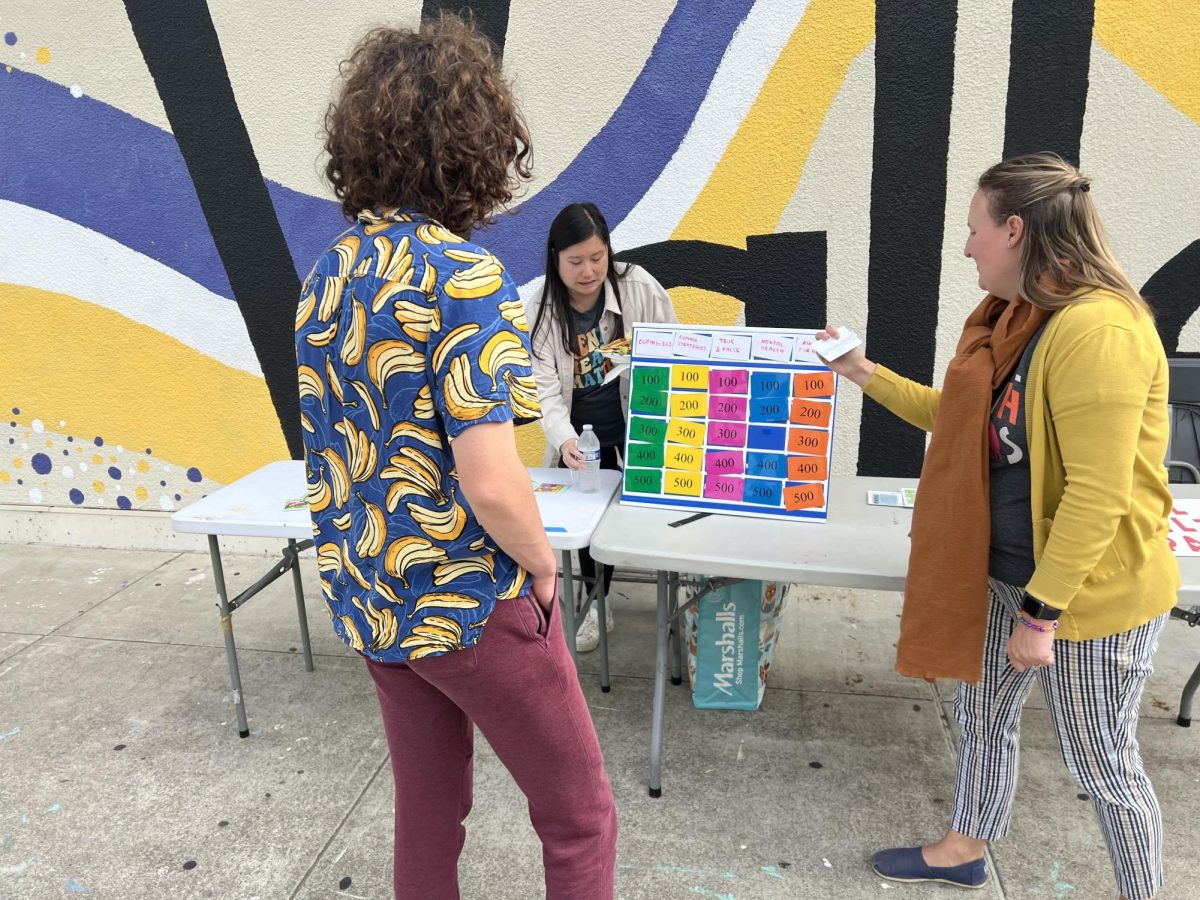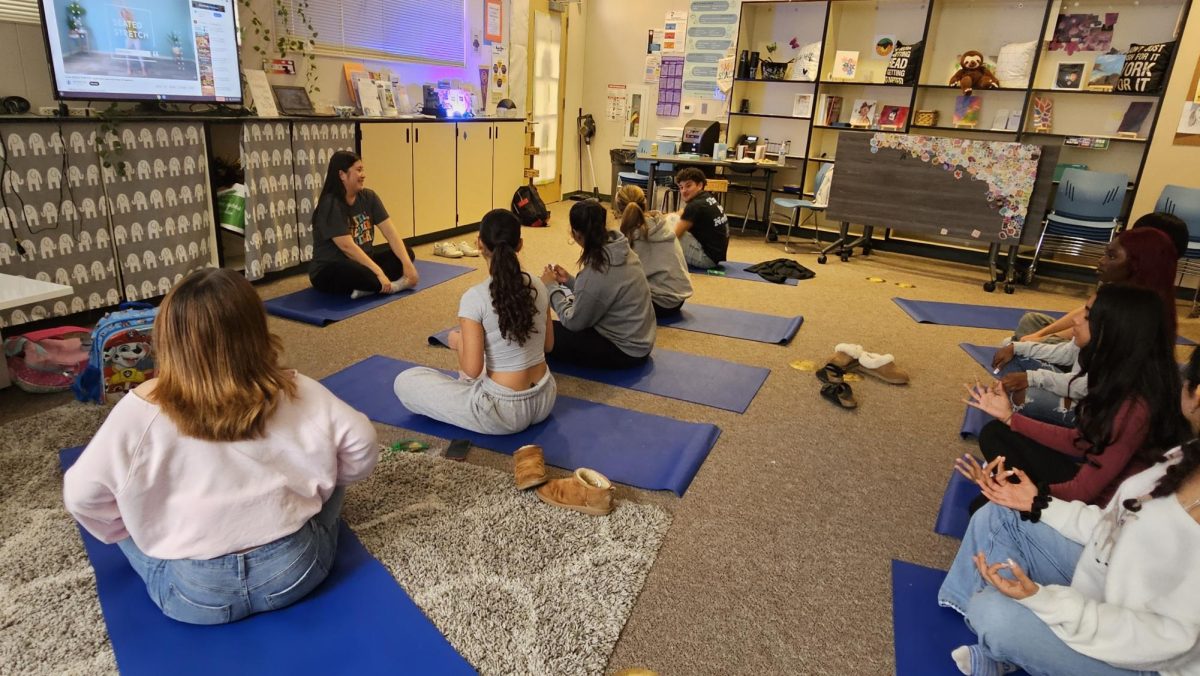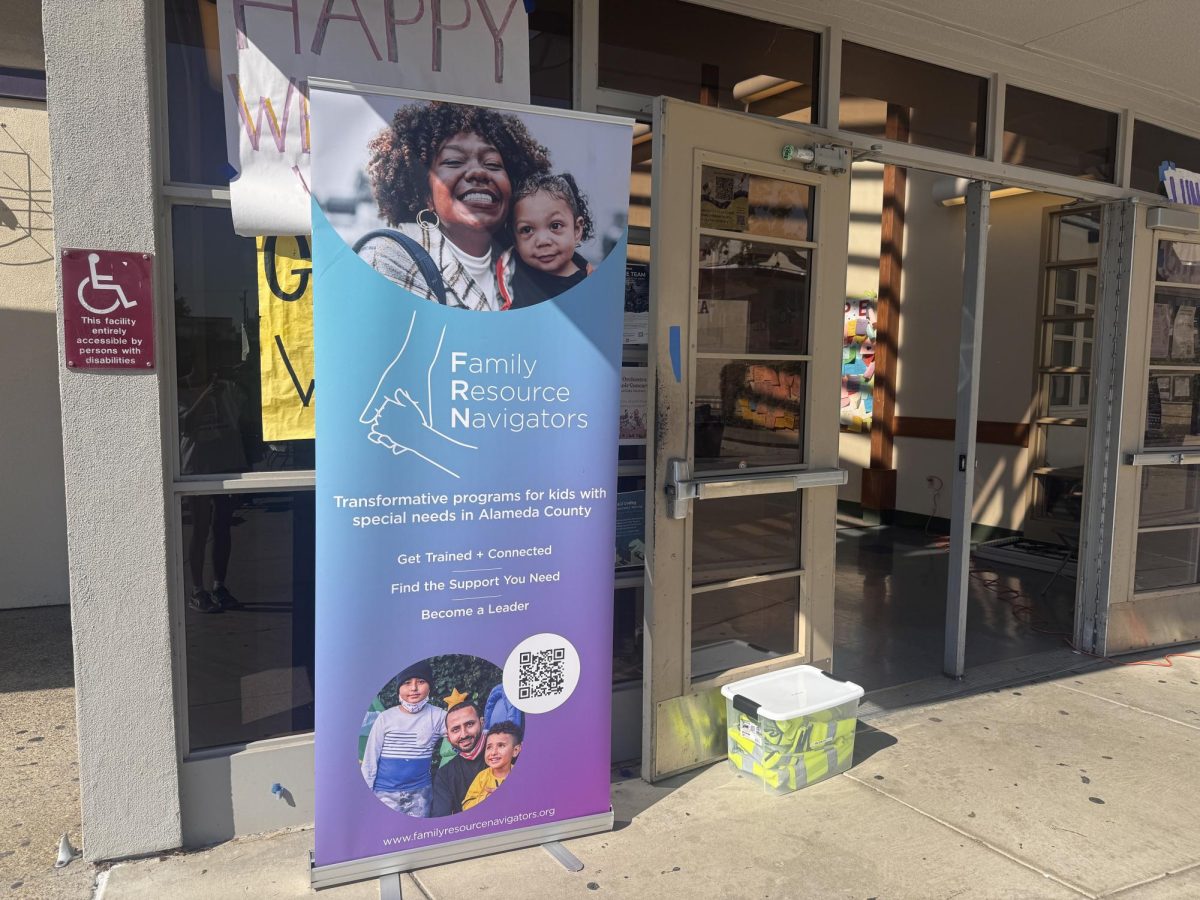Online Learning is Not Effective
March 31, 2020
To prevent the further outbreak of COVID-19, schools have been transitioned to remote learning through online methods. However, after a week of remote learning, it becomes evident that there are numerous flaws in online learning.
To begin with, remote learning is extremely inefficient. Students must wait for their teachers to push out material that they must then learn themselves. It then takes a few more days for teachers to get feedback to the students. Any questions that students have must be emailed which takes the teachers a few more days to reply to.
In addition, online learning also excludes a number of students. In some cases, this comes from the fact that remote learning requires students to have access to a device that can reach out to teachers and classmates. This poses an obstacle for students that are struggling financially. In other cases, students with disabilities grapple with the necessity to learn in other modified ways that are no longer available.
“I worry for kids in poorer districts who don’t have that, both in terms of the instruction they’ll be given remotely and the ability to take a test like the College Board is suggesting,” said AP Human Geography teacher, Ms. Zuanich.
Also, remote online learning has no way to ensure the integrity of homework and exams. Students are free to use whatever material they have at home; textbooks, notes, and other devices. While teachers can use plagiarism checkers, they have no way of knowing if students are using their notes or textbooks.
AP Biology Teacher, Mrs. Ogle, has been testing various ways to prevent cheating. A recent quiz that was pushed out was “timed so that [students] won’t be able to look up answers.”
However, this approach was met with much criticism. Many of her students replied with constructive feedback, letting her know that the timing was too quick and posed a major flaw in that attempt to prevent cheating.
“I was going too fast because of the time limit and missed questions that I could have gotten right without the time limit,” said Hyewon Jung (‘22) in a comment to the quiz.
Finally, online learning is essentially self-learning. Teachers have no way to teach their students in an effective and engaging manner when they are learning behind screens. Subsequent actions have promoted the use of Zoom, where students and teachers can interact face-to-face.
“I hope to host Zoom meetings a few times a week, or as much as every day,” said AV math teacher, Mr. Hanson.
However, Zoom has trouble accomodating large numbers of students and large discussions that many classes use to help students understand concepts. Thus, without the proper interactions between students and teachers, learning is reliant heavily on the student’s own contributions to his/her education.
Some argue that online learning helps students learn of time management as it forces students to take learning into their own hands. However, students would also struggle to manage their time when asking teachers to clarify instructions is less accessible.
But, while online learning is still not an optimal learning way, unfortunately, it is the only option at this time. Hopefully, though, as Amador teachers adapt, online learning will become more effective.




